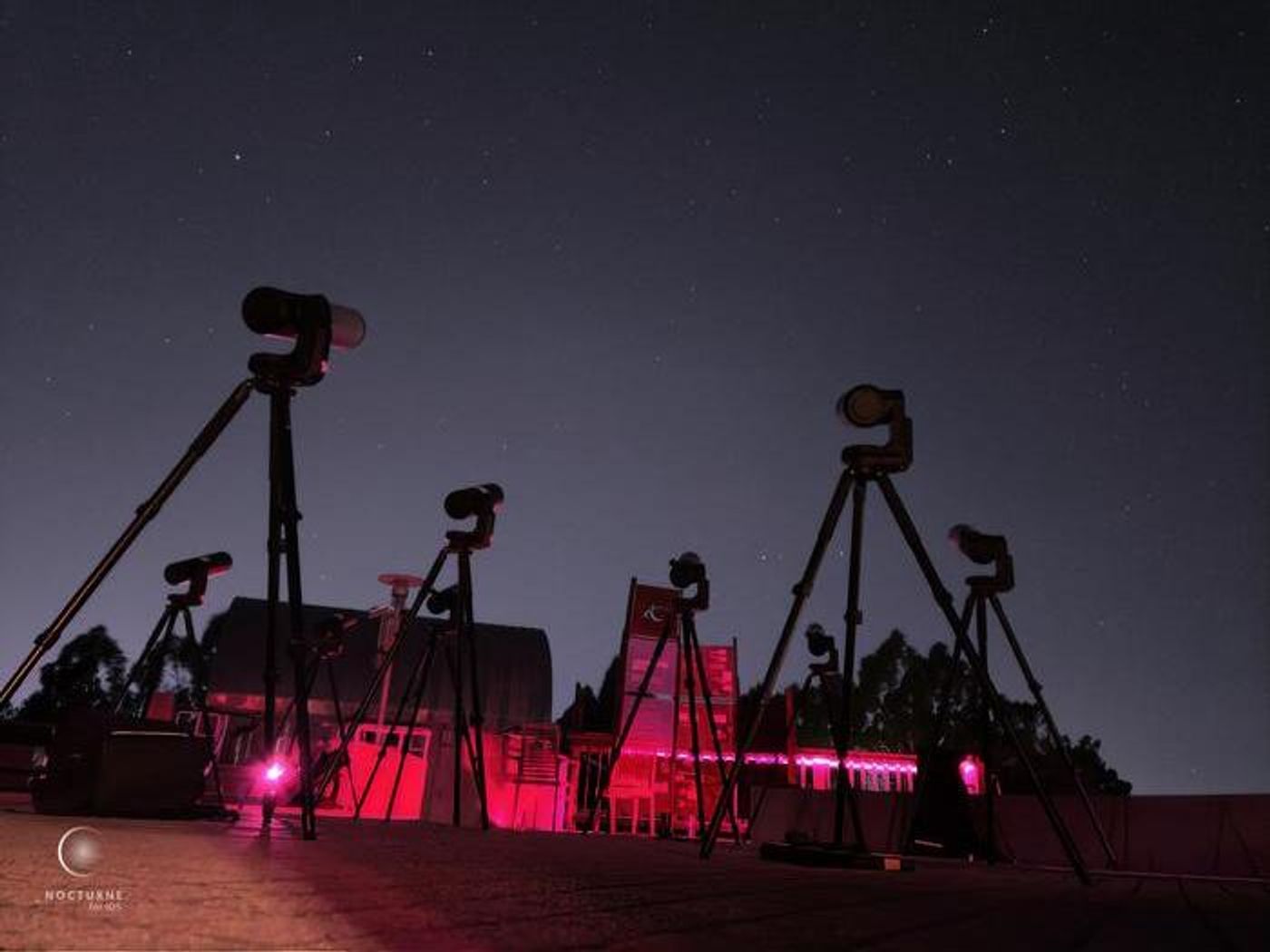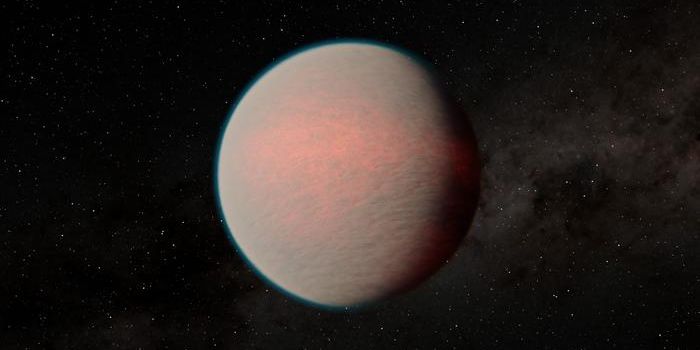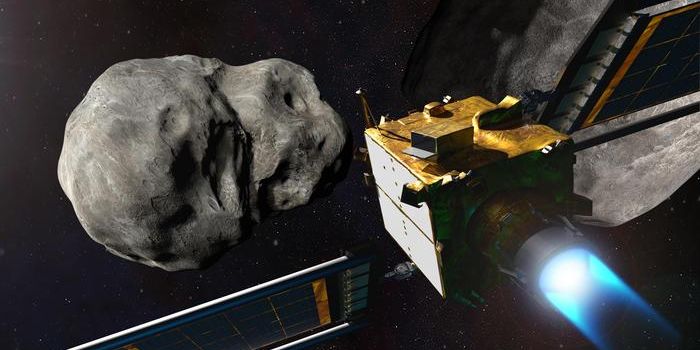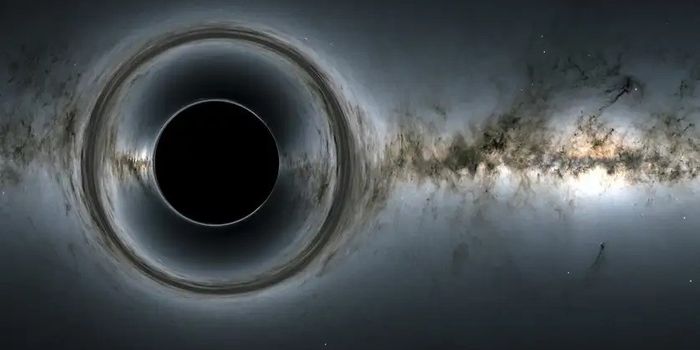Galaxy Explorers: High School Students Explore Exoplanet with SETI Institute
How can high school contribute to finding exoplanets? The answer is easy and effective, as a recent study published in The Astronomical Journal announced the confirmation of exoplanet TIC 139270665 b with the help of an enthusiastic group of high school students who are part of the Unistellar Citizen Science Network, which is a worldwide collaboration of citizen astronomers. This discovery holds the potential to not only improve the hunt for exoplanets, but also improve the chances of citizen scientists using public data to contribute to finding exoplanets, as well.
The confirmation of TIC 139270665 b, which is located approximately 483 light-years from Earth, was made through a collaboration between SETI Institute Affiliate, Dr. Dan Peluso, and Chabot Space & Science Center’s Galaxy Explorer program, the latter of which consists of high school students. TIC 139270665 b was initially found using NASA’s Transiting Exoplanet Survey Satellite (TESS), where it measured one transit in front of its parent star.
However, the science team wanted to measure a second transit and utilized the Unistellar Citizen Science Network, which is a worldwide collaboration of citizen astronomers, for which the SETI Institute and Galaxy Explorer program are both members. Using Unistellar eVscopes, the Galaxy Explorer program successfully measured a second transit of TIC 139270665 b, determining its orbital period is approximately 1,010 days with a minimum mass just under five masses of Jupiter. The study notes how this discovery could open doors for future contributions by citizen scientists regarding exoplanet science.
Image of the nine Unistellar eVscopes at the Chabot Space & Science Center responsible for taking measurements of TIC 139270665 b, which was conducted in February 2023. Of the nine telescopes, eight were 100 percent controlled by high school student teams with the remaining telescope being managed by Dr. Peluso with student assistance. (Credit: SETI Institute)
Serina Jain, who is a student at San Francisco University High School, said in a statement, “This experience further propelled my fascination with the subject of astronomy, specifically in regard to exoplanetary science. Working on this observation fueled my joy of engaging in astrophysics research and my plans to pursue this as a major in college, as well as my love of sharing astronomy with others.”
How will citizen scientists further contribute to exoplanet research in the coming years and decades? Only time will tell, and this is why we science!
As always, keep doing science & keep looking up!
Sources: The Astrophysical Journal, EurekAlert!, SETI Institute









